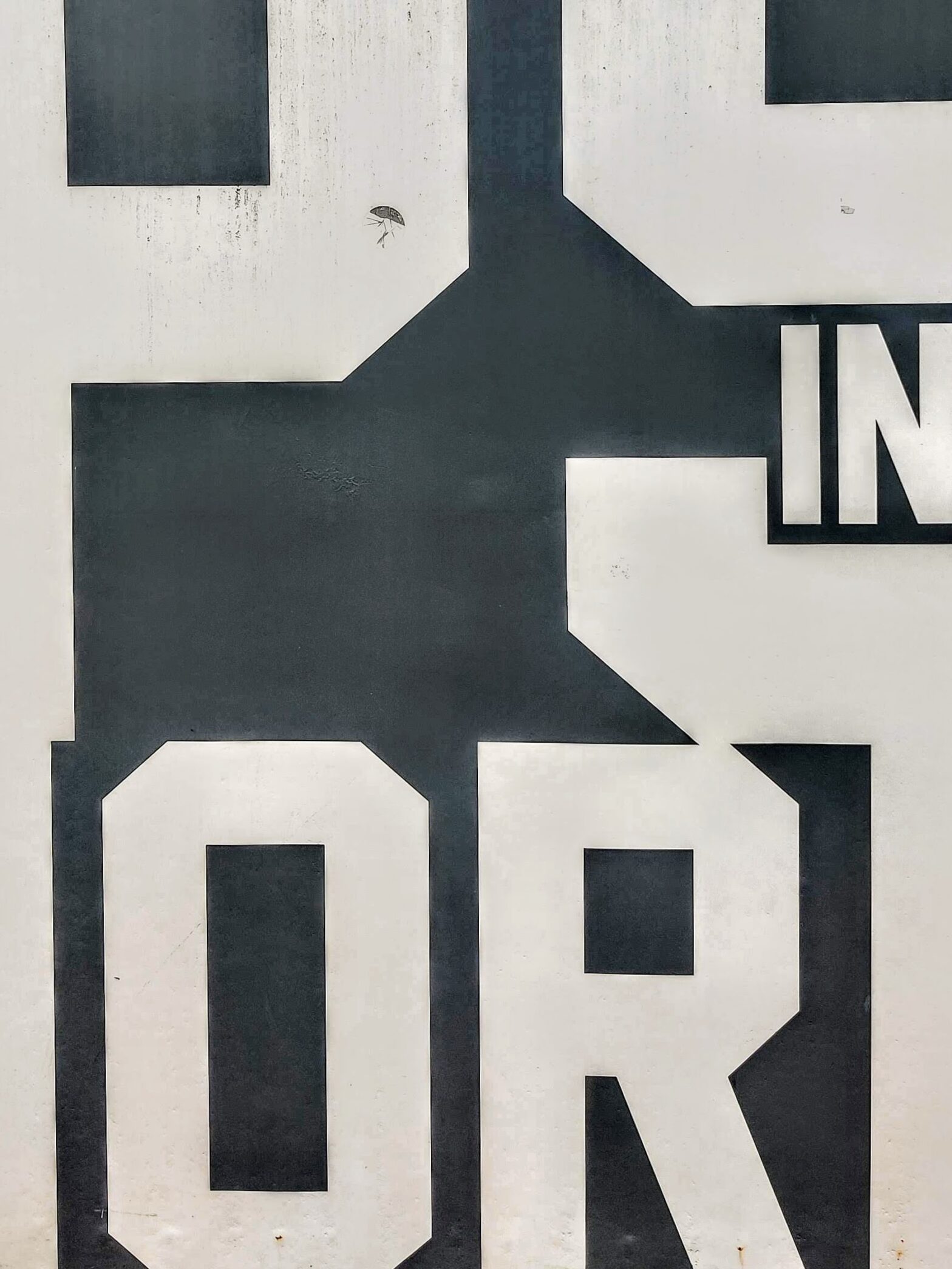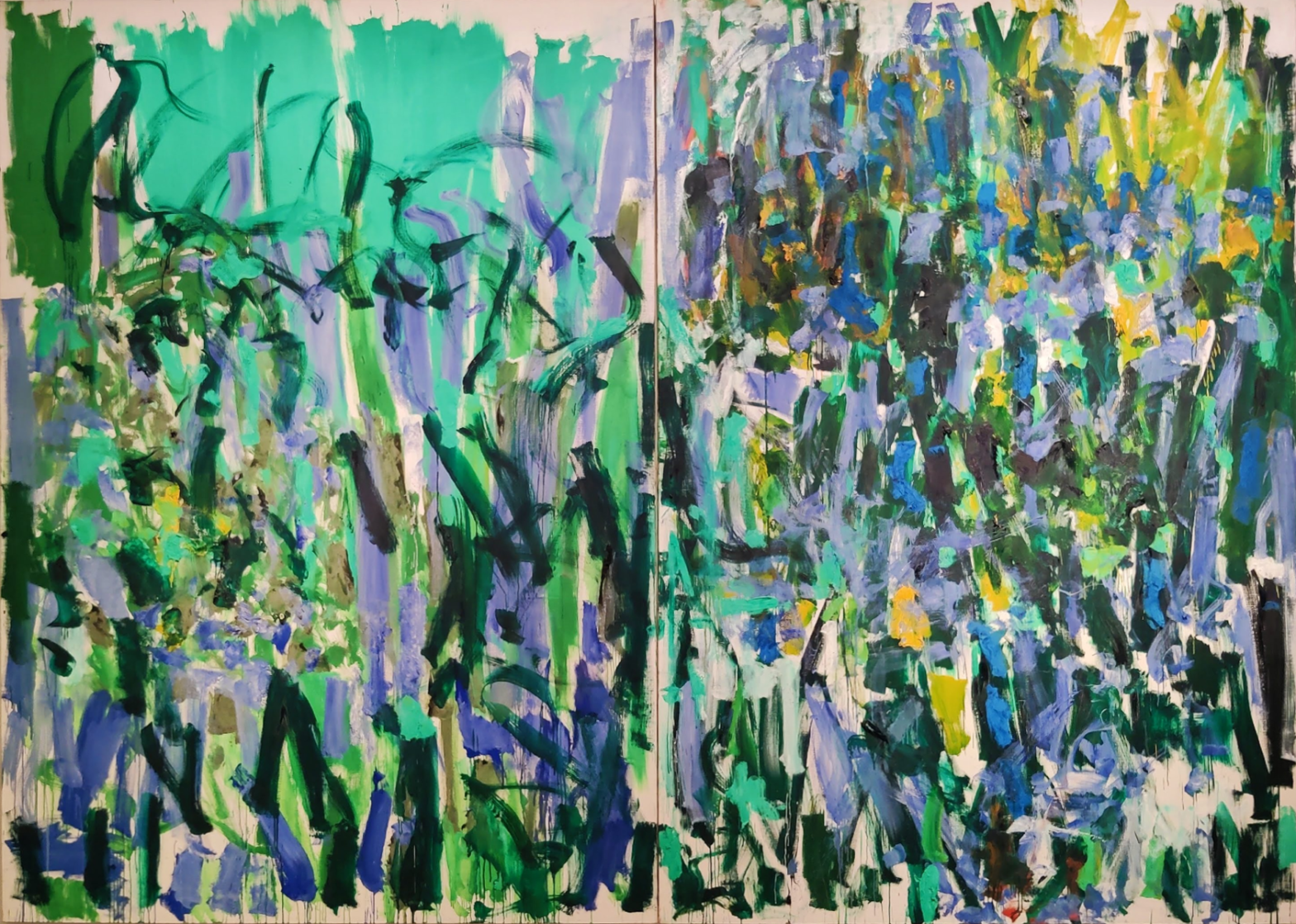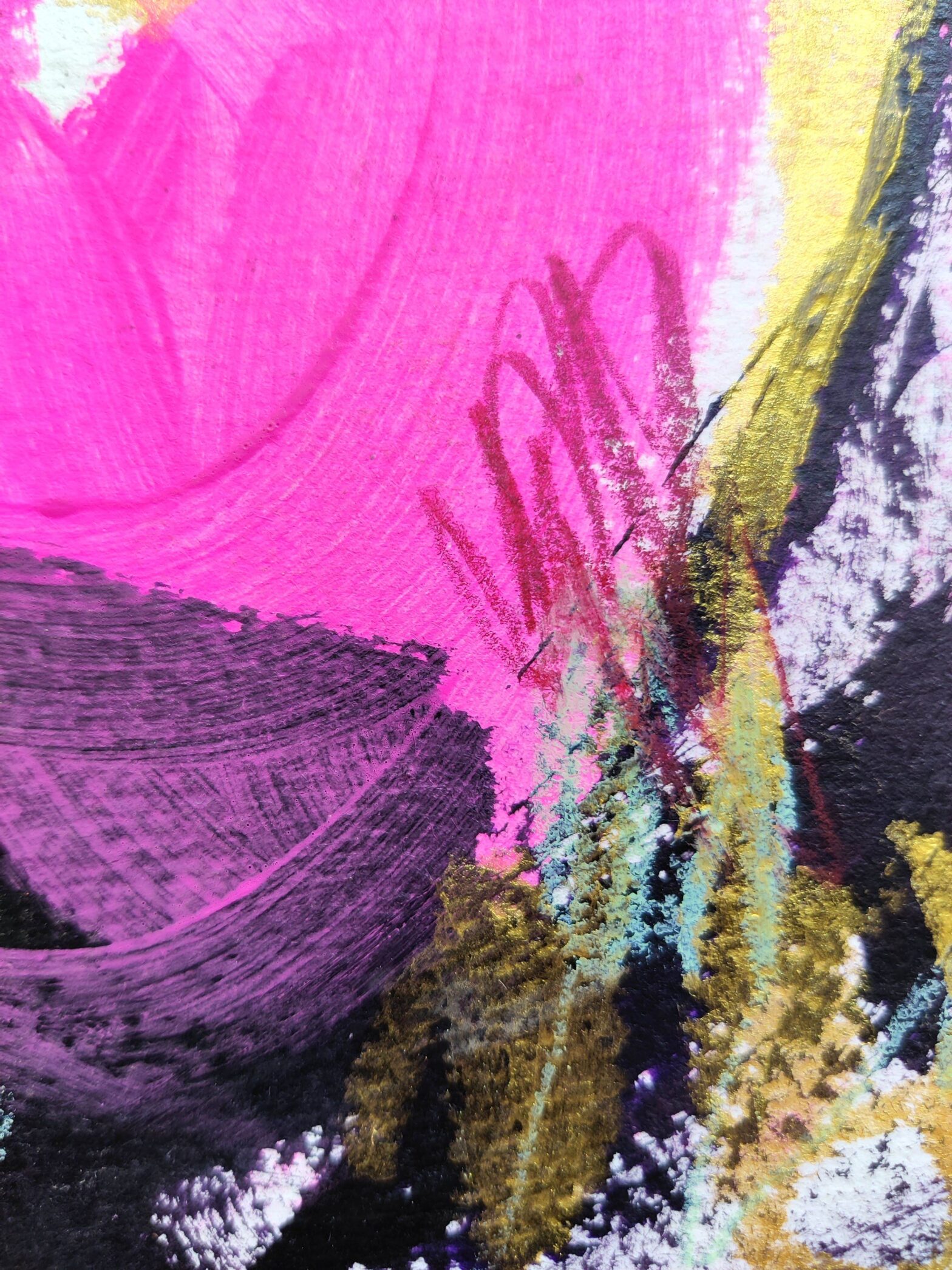This website uses cookies so that we can provide you with the best user experience possible. Cookie information is stored in your browser and performs functions such as recognising you when you return to our website and helping our team to understand which sections of the website you find most interesting and useful.
Tag: details
-

Much Ado About Noting
•
I pay a lot of attention to the little things: details in artwork, the way bees kiss flowers (and sometimes take naps in their petals), forgotten grocery lists. I’ve also kept a logbook for the past few years, keeping record of my daily life.
-

Joan Mitchell
•
In May, I went to see the Joan Mitchell exhibition at the Baltimore Museum of Art; this weekend, I went for the second time.
-

Details
•
Within each piece I make, there are scores of unintentional mini compositions. I love looking for the most interesting bits and studying how the layers, colors, and textures meet one another.

